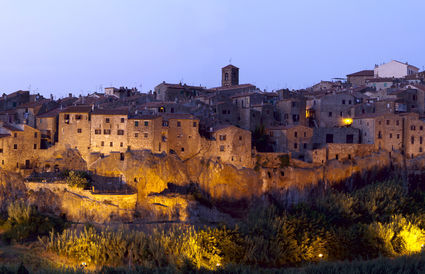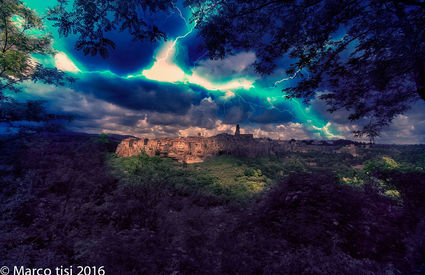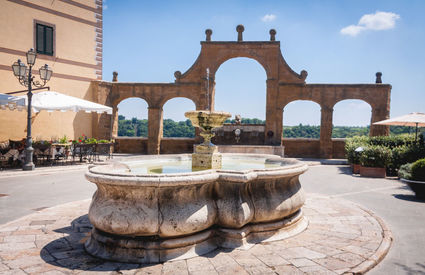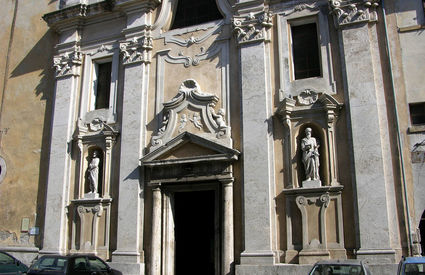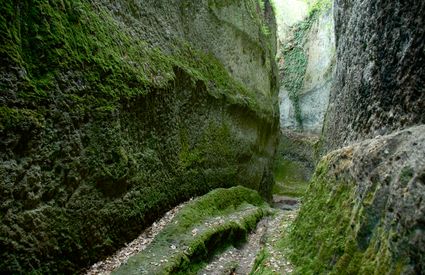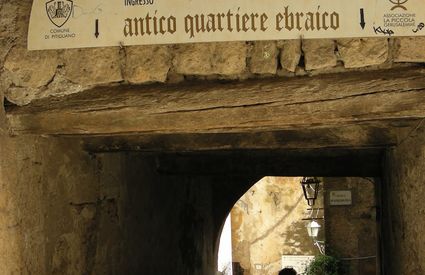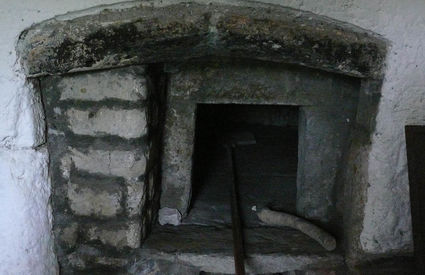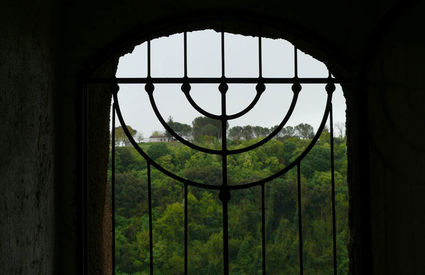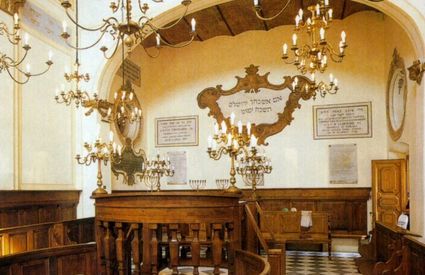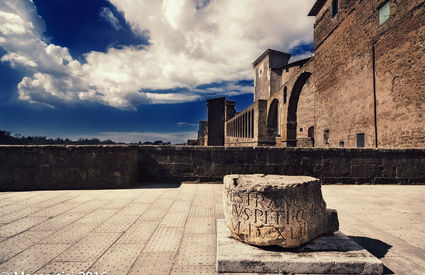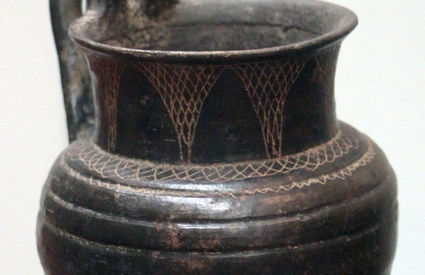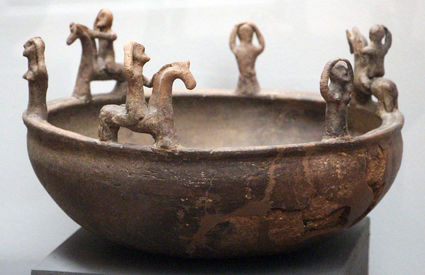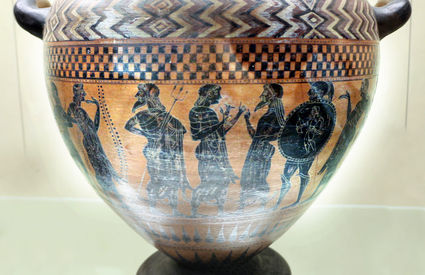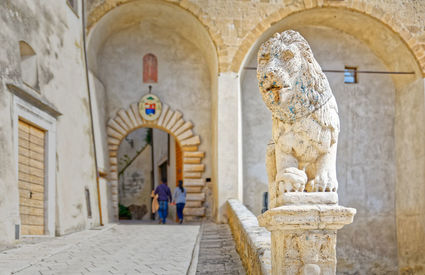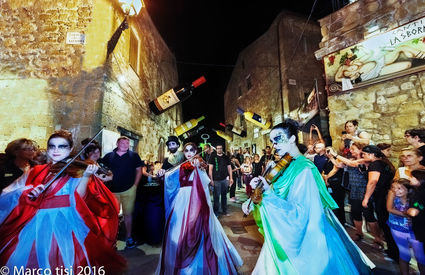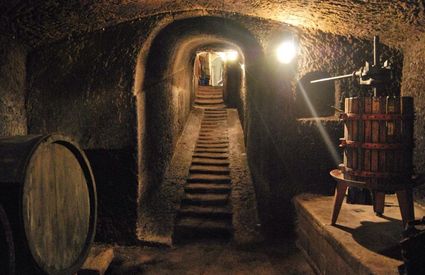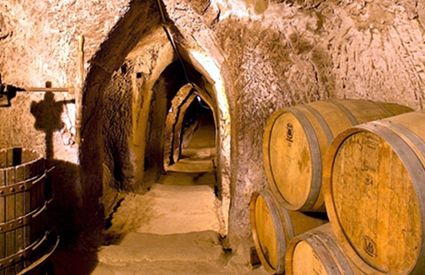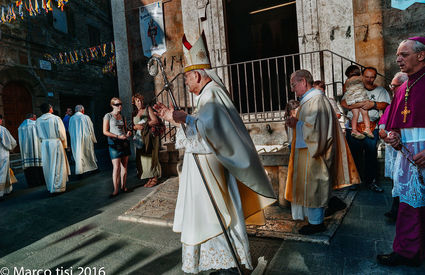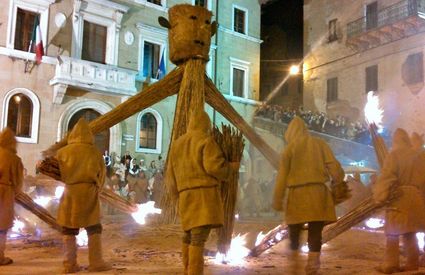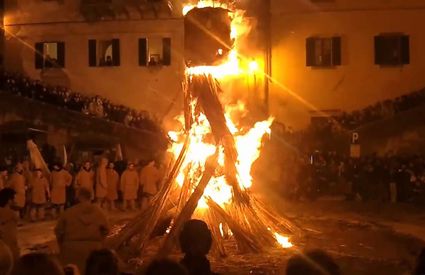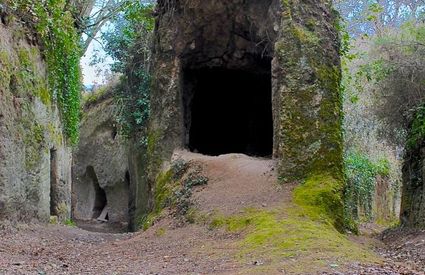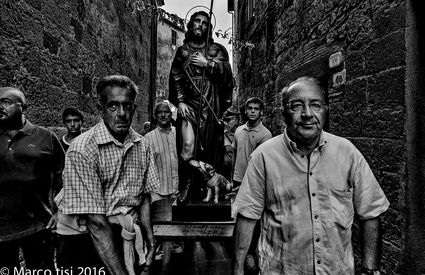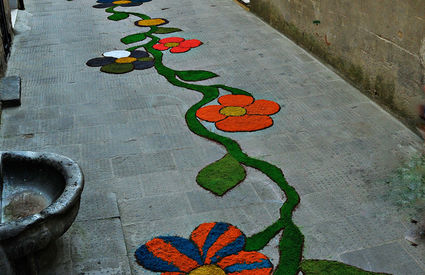Pitigliano
Magic and beauty in the Etruscan lands
A tufa town and a “Little Jerusalem”, evidence of great history in a wonderful place
Magic and beauty in the Etruscan lands
A tufa town and a “Little Jerusalem”, evidence of great history in a wonderful place
A legend come true in the Fiora river valley
Petillius and Caelius, on fleeing Rome because of the crown they had stolen from the Temple of Jupiter, found refuge on top of a striking bluff in the Fiora Valley and bewitched by the beauty of the place they founded a city here. Pitigliano’s name originates from them. In actual fact, the roots of the town date much further back in time. But one thing is certain, the beauty of the place is still as captivating as ever: the town rises up on top of the spur, at one with the rock.
Among the narrow streets there’s a Little Jerusalem
The Jewish quarter is one of the oldest in Tuscany. In the second half of the 16th century Pitigliano was the chosen refuge for Jews exiled by the State of the Church. The “Little Jerusalem”, with its Museum of Jewish Culture, Synagogue, a kosher winery and butcher, azzime bakery and dyeing house bear witness to it. The influence of Jewish culture can also be seen in local specialties: sfratto is a traditional Jewish cake shaped like a stick, made from walnuts and honey, plus there’s Kosher wine still produced in Pitigliano according to the age-old technique.
Emerging history is an outdoor museum
The tufaceous plain of Pitigliano was home to a prehistoric settlement and an Etruscan city. On the slopes we can still see traces of the necropolises, which can be visited by following the “vie cave”, striking tracks carved into the rock, with walls rising up to 25 metres high. In Christian times the size and the mystery that surrounded these spectacular gorges created the need for “scacciadiavoli” (devil squashers), niches with religious icons that were arranged along the route to protect travellers.
The ancient tufa cellars tell their tale
Bacchus would have felt at home here. The cellars carved into the tufa are one of the main attractions, with the “cellaro” and “bottaio” used to make wine as well as for parties among friends in surroundings strangely perfect for humans. In the first week of September, the subterranean city throws open its doors for “Settembre di Vino”, with tours of the cellars, tastings to discover local DOCs, oodles of wine, music and fun until late into the night. Every winery offers a different menu and puts its own spin on things to make the occasion truly special.
In Pitigliano winters are burnt: the Torciata
In the spring equinox, when you
leave the winter behind for milder weather to begin, in Pitigliano the Torciata
di San Giuseppe takes place.
La Torciata dates back to pagan times and is part of the traditional fire
customs that are commonplace throughout the Maremma and Monte Amiata.
The torchbearers of San Giuseppe carry the fire through the town with flaming
canes. They climb up from the Via Cava del Gradone, cross the town and
reach the town hall. The custom is completed when the torchbearers, accompanied
by a statue of St. Joseph, set light to the Invernacciuun, an enormous
simulacrum made from sticks. The flames flare up into the air and tradition
has it that women collect the ashes and take it to their homes as a mark of
good luck.


